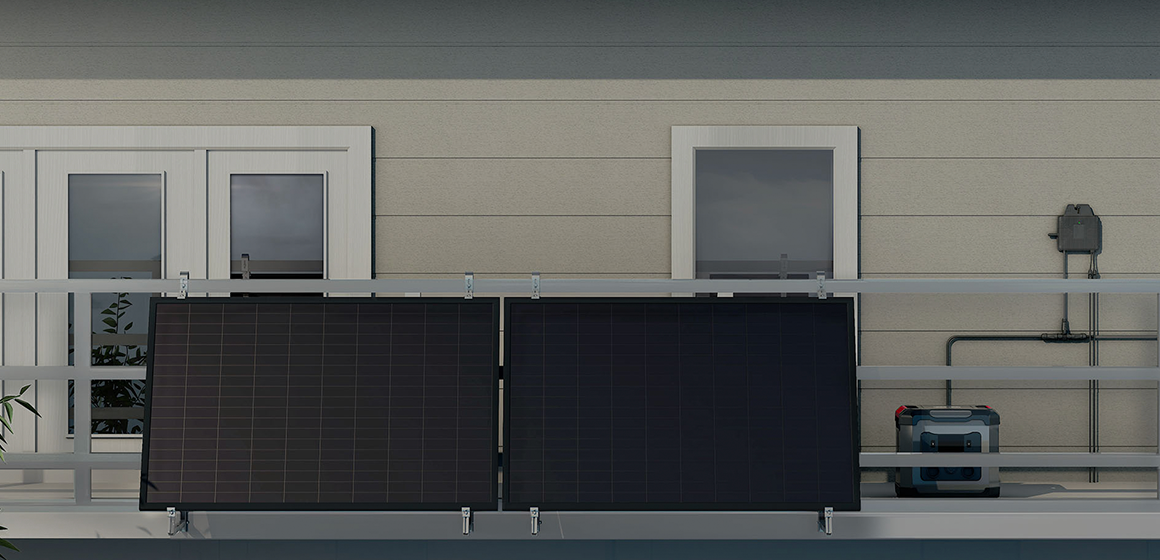As the demand for renewable energy sources continues to rise, microinverter solutions have emerged as a significant advancement in solar technology. Unlike traditional string inverters, microinverters operate on a module-level basis, offering unique advantages that can enhance the efficiency and reliability of solar energy systems.

What are Microinverters?
Microinverters are small devices that convert direct current (DC) generated by individual solar panels into alternating current (AC). This technology allows each panel to operate independently, which can be particularly beneficial in scenarios where shading or orientation varies among panels. But how do these microinverter solutions stack up against traditional inverters?
Key Advantages of Microinverter Solutions
- Enhanced Energy Harvesting: Since each panel operates independently, microinverters can maximize energy production, especially in partially shaded conditions.
- Improved Monitoring: Microinverters allow for real-time monitoring of each panel's performance, enabling quick identification of issues.
- Increased System Reliability: With microinverters, the failure of one unit does not impact the entire system, unlike traditional inverters where a single point of failure can reduce overall performance.
- Scalability: Microinverter solutions facilitate easy system expansion, allowing homeowners to add more panels without significant rewiring.
Comparing Microinverters and Traditional Inverters
Traditional inverters, typically used in solar installations, convert the DC electricity from a string of solar panels into AC electricity for home use. While they are generally less expensive upfront, they come with certain limitations:
- Single Point of Failure: If the inverter fails, the entire solar system ceases to function.
- Less Efficient in Shaded Conditions: Performance can significantly drop if one panel in the string is shaded.
- Limited Monitoring: Traditional inverters provide less granular data about individual panel performance.
When to Choose Microinverter Solutions
Choosing between microinverters and traditional inverters depends on various factors, including the layout of your solar array, shading issues, and budget. If your installation site has multiple orientations or potential shading, microinverter solutions may be the better choice. On the other hand, if you have a straightforward installation with minimal shading, traditional inverters could suffice.
Conclusion
In summary, microinverter solutions offer a compelling alternative to traditional inverters, particularly for those seeking enhanced performance and reliability in their solar energy systems. As the solar industry continues to evolve, understanding these technologies will empower consumers to make informed decisions that align with their energy needs.
For more information on microinverter solutions and to explore various options, visit  .
.








